#Basillica
Text

#photography#street photography#black and white photography#photographer on tumblr#photographers on tumblr#photography on tumblr#original photography on tumblr#washington dc#urban photography#urban#urban life#urbanscape#cityscape#citylife#cityphotography#cityscapes#city photography#church#DC#basillica
24 notes
·
View notes
Photo




Constantinople (29 May 1453)
Jean Le Tavernier: Le siège de Constantinople (1453), after 1455.
Basillica, or The Ottoman Cannon was a very large-calibre cannon designed by Orban, a cannon engineer, Saruca Usta and architect Muslihiddin Usta at a time when cannons were still new. One of the largest-ever cannons built, played a key role in damaging the Walls of Constantinople in 1453 and subsequently its fall).
Jean Chartier: Siege of Constantinople, Chronique de Charles VII, ca.1470-79.
Jean-Joseph Benjamin-Constant: L'Entrée du sultan Mehmet II à Constantinople le 29 mai 1453 (1876)
After Constantine XI, could no longer pay for their salaries, Orban turned to Sultan Mehmed II (the Conqueror) and proposed Basillica.
“I can cast a cannon of bronze with the capacity of the stone you want. I have examined the walls of the city in great detail. I can shatter to dust not only these walls with the stones from my gun, but the very walls of Babylon itself.”
The behemoth was built in 3 months at a huge casting site set in Adrianople [massively burning wood like in Middle Earth]. Had to be dragged by 60 oxen. The 545 Kg cannonball, could be shot at 1500 m. The cannon killed some of its operators and Orban himself is probably killed by a cannon explosion during the siege [not an unusual occurrence with such artillery].
The heat prevented the cannon from being fired more than three times per day. Ultimately, it lasted all of six weeks before becoming non-functional.
img: The Dardanelles Gun or Great Turkish Bombard, a 15th c. super-sized siege cannon, built in 1464 by Ottoman military engineer Munir Ali and modelled after Orban‘s Basillica.
Orban: The Man Who Brought Down the Walls of Constantinople [pop history]
https://en.wikipedia.org/wiki/Orban
https://en.wikipedia.org/wiki/Mehmed_II
https://en.wikipedia.org/wiki/Basilic_(cannon)
https://en.wikipedia.org/wiki/Dardanelles_Gun
https://en.wikipedia.org/wiki/File:Benjamin-Constant-The_Entry_of_Mahomet_II_into_Constantinople-1876.jpg
https://www.camrea.org/2017/09/11/orban-the-man-who-brought-down-the-walls-of-constantinople-part-i/
https://www.camrea.org/2017/09/18/orban-the-man-who-brought-down-the-walls-of-constantinople-part-2/
#Constantinople#history#explosion#cannon#large format#technology#Basillica#Orban#Sultan Mehmed the Conqueror#war#End
28 notes
·
View notes
Text

Rose window at Basilica of Saint Francis of Assisi, Umbria
#Italy#Italia#Assisi#Umbria#Basilica of Saint Francis of Assisi#church#rose#window#rose window#Basilica di San Francesco d'Assisi#basillica#travel photography#travel#history#religion#medieval
6 notes
·
View notes
Text

Cathedral of the Blessed Sacrament, Christchurch, New Zealand (1900s)
Also known as the Christchurch Basillica, unfortunately destroyed by the series of earthquakes over 2010 and 2011.
#Cathedral#Cathedral of the Blessed Sacrament#Christchurch Basillica#Basillica#Catholic#Christchurch#Otautahi#Canterbury#New Zealand#Aotearoa#Renaissance revival#renaissance#architecture#1900s#edwardian#photography#my archive finds#old photography#vintage#Roman Catholic
2 notes
·
View notes
Text

OKC, 2023
6 notes
·
View notes
Text
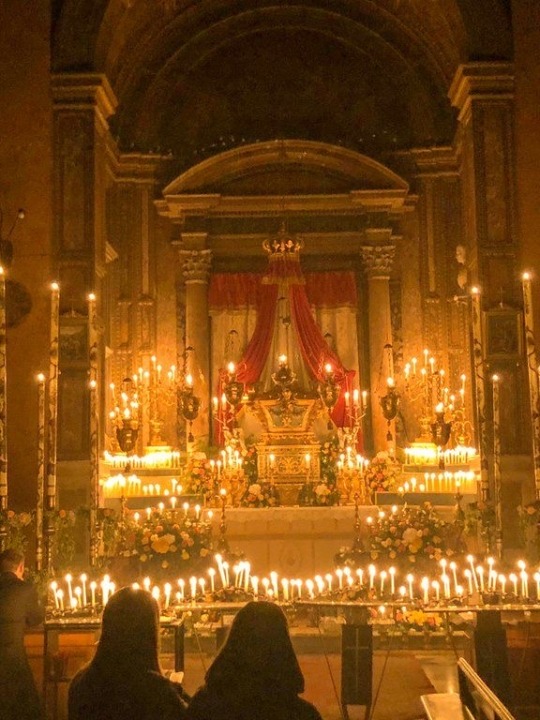
Holy Thursday mass at Santissima Trinità dei Pellegrini
9 notes
·
View notes
Text
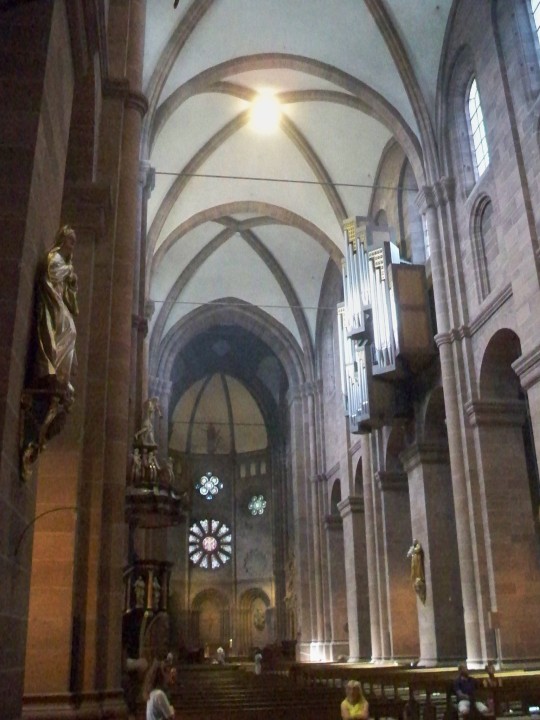


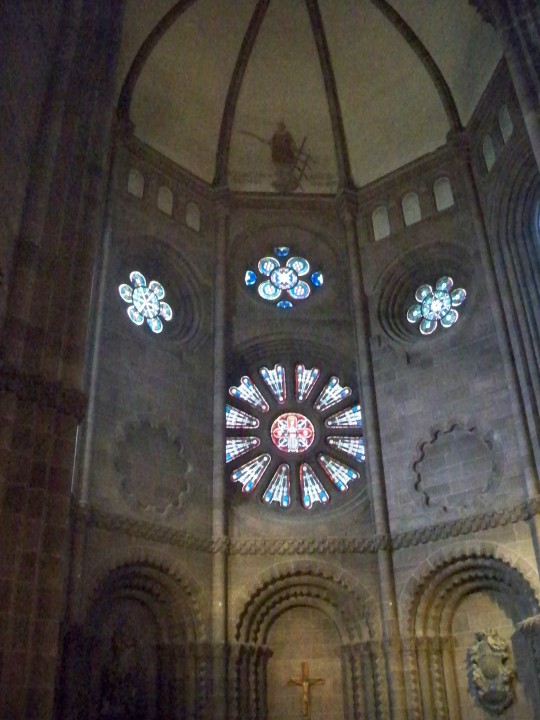

Interior of Worms cathedral.
3 notes
·
View notes
Photo
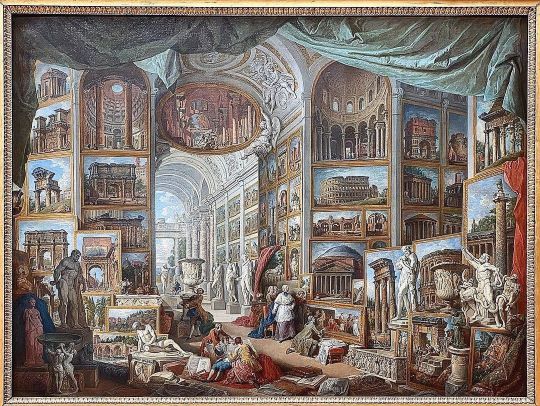
All the Views stay in Louvre 🇮🇹🌋🇫🇷 #paris #france #louvre #musée #rome #colosseum #trevifountain #stpeters #basillica #vatican #oilpainting #oiloncanvas #frameinframe #panini #artblogger #travelblogger #mindyyuan Galerie de Vues de la Rome Moderne par Giovanni Paolo Panini en 1759 (at Musée du Louvre) https://www.instagram.com/p/Cj0seQLtys-/?igshid=NGJjMDIxMWI=
#paris#france#louvre#musée#rome#colosseum#trevifountain#stpeters#basillica#vatican#oilpainting#oiloncanvas#frameinframe#panini#artblogger#travelblogger#mindyyuan
0 notes
Text
Things to do in Venice
Venice is a city of great historical significance and exceptional beauty. It is unlike any other city seen in Italy and has a unique vibe to it. The moment you step out of the Santa Lucia Station you realize that every part of Venice recalls the paintings of Canaletto. This city is a great work of art and certainly there is no shortage of things to do and places to visit here.
Here is a list of the best things to do while you are in Venice:
1.) Doge’s Palace
Doge's Palace or the Palazzo Ducale, is one of the most famous structures of Venice. It is based on the grand Piazza San Marco. This was the palace which was home of the ruler of Venice and also the seat of power for the Venetian Republic. It has been known to have lasted more than 1,000 years. Today, the Doge's Palace is the most significant and must-see museum of Venice.
The first thing a structure worthy of being called a palace should be, is lavish, and the Doge's Palace is no exception to this notion. Being extremely ornate, from its stunning Gothic style decorated exterior with an open portico, patterned brick design to the interior of grand staircases, a second-floor balcony, frescoed walls, to the gilded ceilings, the Doge's Palace is a sight to pause and immerse yourself in, inside and out.
The Doge's Palace also contained the prisons of the Republic, apart from being a home for the Doge and a gathering place for Venetian administrators and dignitaries. Some of the prisons were accessed via one of Venice's most famous bridges called ‘the Bridge of Sighs’. Marveling at all of the statues, paintings, and great architecture of the Doge's Palace, a tourist could easily get lost.
2.) St. Mark’s Square
On one hand St. Mark’s Basilica is the most famous building in Venice, and on the other hand, St. Mark’s Square is the most famous piazza. Located opposite the island of San Giorgio Maggiore, on the grand canal, this square is a truly spectacular place to visit and holds huge importance in Venice.
Surrounding the piazza are arched walkways that frame it perfectly and a series of beautiful ornate buildings. Along with it, there are numerous significant buildings located on the square including Torre dell’Orologio, Doge’s Palace, St. Mark’s Baslica, and St. Mark’s Campanile. This square is the best place for you to start your tour and tick off some of the most stunning sights of Venice.
3.) St. Mark's Basilica
St. Mark’s Basilica is one of the most significant and popularly visited sites of Venice. It was built in the eleventh century. Here you’ll find the most recognizable and beautiful churches. Its designs showcase a blend of western and eastern styles, each being unique in its own way. This structure has a lot of intriguing tales to tell and legends to show you, with a history that stretches all the way back to the ninth century.
The initial St. Mark’s Church was built in 828 and was situated inside the complex of the Doge’s Palace. The aim of its development was to house the relics of St. Mark the Evangelist. The exterior of the basilica has always been added with designs and decorations over the years and is extremely ornate. Moreover, the inside of it is laid out in a spectacular Greek cross design. Each arm consists of a central nave with an aisle at the side. And you know what? The building’s interior is even more beautiful to look at than the exterior.
4.) Bridge of Sighs
The Bridge of Sighs is one of the most viewed structures in the whole city and is considered a significant historic landmark, despite only being a small bridge in the relative scheme of Venice. The bridge passes over the Rio di Palazzo and only connects the Doge’s Palace to Prigioni Nuove. Legend says that criminals would cast one last glance at Venice and sigh; considering the fact that the imprisonment or punishment would befall them right after they were taken from the Palace over the bridge. After you visit St. Mark’s Square, it is an absolute must to take a look at this iconic bridge too.
5.) The Guggenheim Collection
Peggy Guggenheim was famously known as the niece of Solomon R. Guggenheim and an art collector. The venture of the Guggenheim Collection started when she immediately fell in love with Venice and moved all her art collection there permanently. To this date, this museum is considered one of the most recognized and significant twentieth century museums in Italy.
Peggy Guggenheim’s home, as well as Palazzo Venier dei Leoni, is known to keep the works by some famous personalities – Picasso, Chirico, Kandinsky, Mondrian, Klee, Duchamp, Braque, Pollock, Dali and other significant twentieth-century avant-garde artists. The museum’s open air spaces showcase evocative installations and sculptures and are part of the Patsy R. Sculpture Garden and Raymond D. Nasher. The Guggenheim Collection is also known to offer interesting retrospectives which stand in line with the permanent collection. One fine example of this is the exhibits which were recently concluded and are dedicated to Picasso and the Mystical Symbolism.
6.) Canale Grande
Venice literally is stuffed with hundreds of canals which connect multiple islands that make up the city. The largest canal out of these is the Canale Grande. This is kind of a monumental canal which is more like a river, passing from one side of Venice to the other. This canal snakes through the center in a huge bent S shape. The banks of this canal served as a significant waterway in Venice for over a hundred years. Admire the buildings that line the canal by walking along the sections of it and watching the bustling traffic of Venice.
So don’t wait to immerse yourself in the beauty of art and culture. Make sure to roam the city like a local when you get there and take delight to the fullest from whatever you come across. J
0 notes
Photo

These beautiful marble statues can be found at the Carthage National Museum. This museum has so many corners and hidden areas that it seems mystical strolling through it. 🏛🏺📜 My favourite part was the pieces of marble on the wall. I observed the wall for a long time, trying to make out all the different figurines, columns, and stuck pieces. #archaeology #archaeologystudent #archaeologylovers #atchaeologist #archaeologylife #archaeologyfieldwork #archaeologyiscool #fieldschools #fieldarchaeology #traveller #travellife #traveltheworld #tunesia #tunis #carthage #basillica #christianbasilica #christianity #earlychristianity #colony #ceramics #collection #marble #sortingactivity #museum #unesco #conservation #heritage (at Musée national de Carthage) https://www.instagram.com/p/Cd0Y_nJKyzJ/?igshid=NGJjMDIxMWI=
#archaeology#archaeologystudent#archaeologylovers#atchaeologist#archaeologylife#archaeologyfieldwork#archaeologyiscool#fieldschools#fieldarchaeology#traveller#travellife#traveltheworld#tunesia#tunis#carthage#basillica#christianbasilica#christianity#earlychristianity#colony#ceramics#collection#marble#sortingactivity#museum#unesco#conservation#heritage
0 notes
Text
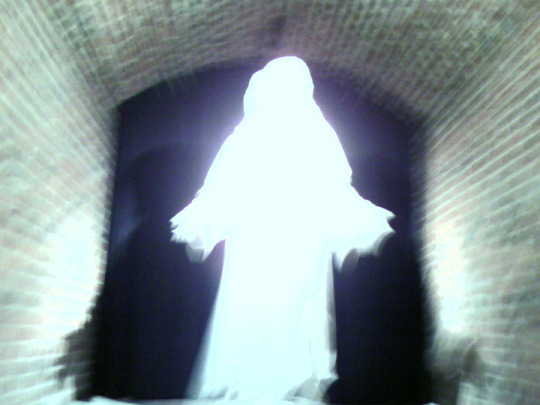
꧁★꧂
#angel#ghost#spirit#tunnel#brick#basillica cathedral#baltimore#catacombs#flickr#oldweb#old web#ghostcore#weirdcore#oddcore#angelcore
133 notes
·
View notes
Text
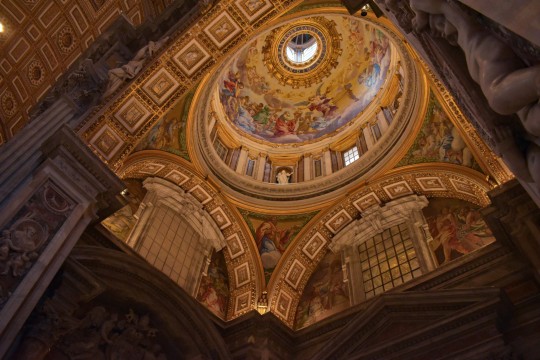

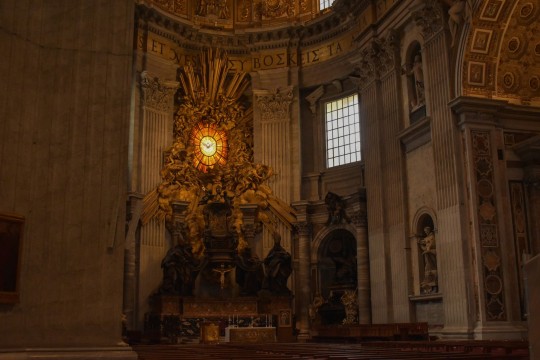


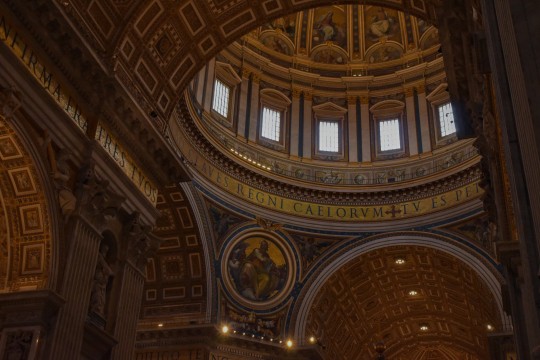


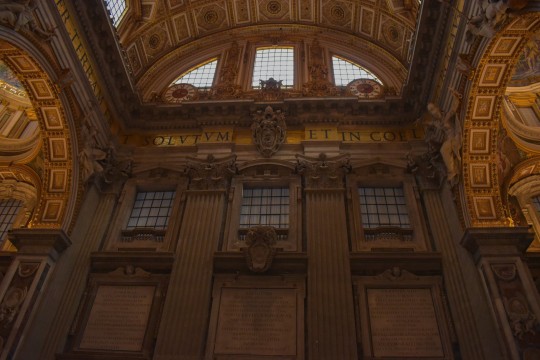
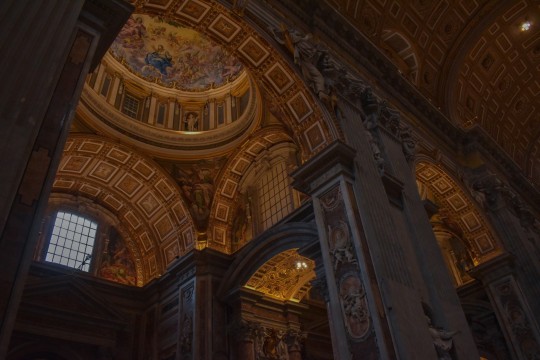
My surprise trip to Rome,Italy for my Birthday, first up, was a trip to the Vatican in Piazza San Pietro. Here, we have some interior shots of St Peters Basillica absolutely stunning place to visit, absolutely insane.
3 notes
·
View notes
Text

#republica dominicana#dominican republic#2nd largest caribbean country#cuba largest caribbean country#the basillica of our lady of altagracia#27 waterfalls damajagua#pico duarte mountain range#fortaleza ozama#landmarks#altagracia largest caribbean church#45000
0 notes
Text
Italy - Venice - The Floating City - P5
St. Mark’s Bell Tower –
St. Mark’s bell tower, also known as Campanile di San Marco, is another prominent feature of the city’s skyline. Standing at a height of 98.6 meters, it offers a breathtaking panoramic view of Venice and its surrounding islands. The bell tower, originally built in the 9th century, has witnessed the passage of time and the evolution of the city. From its top, visitors can…

View On WordPress
#Aerial View of Venice#Canals#Content#Dodge&039;s palace#Gondala#Italy#Nature#Photography#Rialto Bridge#St Mark&039;s Basillica#St.Mark&039;s Bell Tower#The floating city#Travel#Travel experience#Travel Photography#Venice
1 note
·
View note
Text


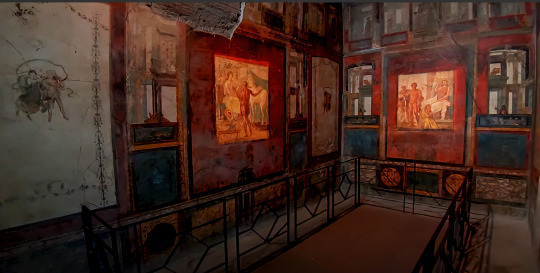


Pompeii Walk Tour.
Columned Facade of the Basillica.
Lararium in the House of the Red Walls.
Lavishly frescoed oecus in the House of the Vettii.
Oecus in the House of the Prince of Naples.
Men's entrance to the Stabian Baths.
Photo credit: Mary Harrsch /CC BY-SA 4.0/ Wikimedia Commons
843 notes
·
View notes
Text
Destiny Architecture
I went on a whole ramble about the architecture of the various factions in Destiny and thought I'd share it here.
I'm not an architect, so my knowledge is basic when it comes to technical things, but hopefully it is interesting!
They did a fantastic job with the architecture of the different factions and what it says about them.
The Red Legion and Caiatl's Ascendency are all pragmatic, organised military designs - fortifications, the round buildings with windows on each side linked by trenches. Watchtowers. In the Arms Dealer strike, you have areas where there are loads of vehicles meticulously organised. They are prepared for the long haul, dug into the planets they land on, and they are proud of their machinery, both literal and metaphorica - it's all on display, the pistons and furnaces and engines. There are service shafts and hangars! It's all very practical (and makes the Glykon even more unnerving because the passages and service shafts don't make any practical sense in the way that they connect!).
Calus on the other hand... the Leviathan has the same base in terms of doors and the like, you can recognise some of the same basics - like the shapes of the doors etc. but the pragmatic things are hidden away - they're reminiscent of the servant quarters in old British stately homes - you need them for the place to function! But the people in charge don't want to see them. Calus wants to be surrounded by gold and riches and luxury and not think about the things and people that make it possible. It's always been something that I've thought of when it comes to his empire – he acts like all of it was a place of luxury and hedonism and art, but like the Roman Empire that inspired the culture, that luxury is truly only available to a few people, and is only possible because a much greater number of people are working to provide the materials and labour. We don't really hear or see much about the people the Empire conquered beyond the Psions, but were they living in such luxury? Probably not.
The Eliskni architecture all feels very cobbled together and makeshift - there are visible seams and bolts, spots where colours don't match. It's makeshift, which suits their history as a people who have been forced to flee and exist on scavenging for a long time. And there's always a lot of nautical theming going on too - rigging and nets and hoisted awnings like sails. They feel like places made by people who are expecting to need to pack up and leave at any minute. Everything tends to be rounded, which is particularly obvious when you see the Devils in Rise of Iron - everything is more angular because of SIVA and the Rasputin influence, even the shanks. I'd love it if we could get a look at the original Riis architecture.
The Hive are very gothic architecture with a dash of Gaudi (take a look at the Sagrada Família for what I'm thinking). High chambered ceilings, flying buttresses, all the carved figures and motifs - except when you get closer you realise that it's also uncomfortably organic. And it's also decaying – once you get inside the dreadnaught especially you find it full of piles of festering debris, wormspore growing from the corpses of thralls. There are spaces where anything could jump out at you. It's like a civilisation mocking the grand architecture of other species by warping it into something rotten (and also very gothic literature as well - the grand imposing gothic mansion with the dark secret and unpleasant history). The names of the locations in the Dreadnaught often tie-in with the architecture since a lot of them are religious: the portico, basillica, the crypts, the Cathedral of Dusk. They are a species worshipping Oryx, the very real and tangible god.
The Moon under Crota has a similar style, but where the Dradnaught is organic, the areas under the surface of the moon (outside the Red Keep) are more technological - there are still the flying buttresses and supports, the spikes and and pillars around the Hellmouth, but they're blockier, less rounded, stone and metal rather than chitin.
Savathun's Throne World has similar architecture, and returns to the organic feel of the Dradnaught, but in blinding white and red rather than browns. It's similar to the Leviathan in a way – the public areas are much cleaner feeling, regal and filled with Light, but when you dig down you can find the same rot and debris as the Dreadnaught (thinking especially of the 2nd mission of the Witch Queen campaign). Where the Dreadnaught was a mockery of other species, the Throne World feels like it's trying to copy them – this is what Savathun thinks the Light is, look she's changed, really! But in the end, it's more like a coat of paint slapped over a wall with a bad mold problem. The names also switch from kind of Catholic, to more magical and alchemical - Apothacary, altars, temples etc.
The Awoken are really doing the whole fantasy elf thing in a lot of ways, but more with stone than woodland than in Tolkien when we see the Dreaming City. Everything fits in seamlessly with the landscape (which makes sense since it was essentially created with wish magic to be exactly what Mara wanted!). The buildings follow the lines of mountains, pathways carved into crystal caves, the bridge which has supports like the branches of trees like they've grown up from the ground. And there's nature everywhere! But it's not a natural environment. Even when it seems like you're in nature, it's very cultivated - like the garden of a stately home which wants 'wilderness' so has landscaped it. It's also deceptive in the way you go from the 'wilderness' to these very high fantasy buildings, and then as you walk you see these technological marvels like the Oracle Engine, just integrated into it. The Dreaming City is very much portraying an image and is a very finely tuned machine in itself. I kind of wonder what the other Awoken settlements beyond the Dreaming City and the Vestian outpost look like.
Clovis Bray facilities are very minimalist and very obviously designed to make you think 'lab' and 'high technology'. He really wants you to see his stuff and have you think 'this is the future' in a way that draws 70s sci-fi ideas of the future - the way all the sharp edges are rounded off, the bright blocks of colour, the way all of the technology is very conspicuously on display, the massive windows that make all the conveyors and machinery visible. He wants to show off his stuff, and also make everyone who works there know that they're being watched. There's also the huge open spaces and massive drops like Eternity and Creation, which are utterly impractical but also feel infinite and are designed to make you go wow.
You see similar architecture on Neomuna (since Clovis was involved with the colonisation efforts) but on a much more human scale. They have a lot of the same components – the pillars and display screens, the curved bases of the walls – but they're softened with plants and murals, places to sit and socialise. It's not a lab, it's a city where people live. And also it's Neptune, they are a long way from the sun, so everything is bright and vibrant to make up for that. I think you can also see a lot of influence from the Ishtar Collective locations on Venus in Neomuna - they also tend to have a lot of display screens and neon and lots of spots for plants to grow. And then you get outside of the City and see the Veil Containment bunker and see the concrete and metal pragmatism that underpins the city.
The Iron Temple/Vostok is a place that is trying very hard to be a medieval castle with all of the statues and bonfires and the whole aesthetic of the Iron Lords. The statues of the Iron Lords all bear axes and swords. But when you look at it, you can see the very Soviet brutalist foundation of the place. So much of it is blocky concrete - the walls are squared off and unornamented, the observatory is concrete and metal. Every time I go in to where Tyra stands, I'm surprised that the pillar she's standing by is not round, because it's very easy to buy into the illusion they're projecting. There's also the concrete pillar that serves as vault and lights up when you approach - it has the technology, but like the Dreaming City, it's integrated into the landscape. Unlike the dreaming City, they really don't want to show you it.
Raputin's bunkers are just fantastic design in so many ways. They have a very clear shape (you can see the shape of a door and know immediately that this is something Warmind related), everything tends to be at right-angles. It's all very pragmatic and logically laid out. There is definitely technology there, and it's not really trying to hide, but it isn't showing off like Clovis does. Where Clovis is 70's aspirational sci-fi design, Rasputin architecture has a very Cold War vibe to it - none of the technology is flashy - it's chunky terminals running the most basic looking command line UI. It's thick cables and pipes and probably a million redundancies. The kind of tech which is designed to be found in a few centuries and still be reasonably functional. Also unhackable unless you are physically present. Rasputin is an AI so advanced that he can out-think the Vex, but his facilities are built to have the resilience of a Nokia 3310 phone, and are inspired by bunkers designed to survive nuclear war.
(I also think it's not accidental that the Warsats are made up of many angular shapes, especially triangles, trying to be a sphere, considering the whole motif of the pyramids vs the Traveller)
Pyramid Architecture is really really trying to pull off the sword logic 'pared down to remove anything extraneous' and present the idea of a universe united as one in its final shape... and is failing miserably at that. At first glance it's all straight clean lines, black stone, leaning towards brutalist, but they just can't keep it up – they're full of pillars serving no purpose, statues, coloured stone insets. Rhulk's pyramid is full of artwork painted onto the walls. There's so much symbolism built into them. They're incredibly ornate! Because as much as the Witness wants everyone to believe that it is one united force with one specific goal, it kind of isn't. It's made up of many many individuals. Even if those individuals that made it up all agreed on the final shape, it's nearly impossible to get one person to have a 100% consistent view of the universe, let alone hundreds! And especially in the Witness' pyramid ship in Root of Nightmares, you get the impression it's something of a mausoleum for its species and the other species its destroyed. There's lots of coffin-shaped and sized objects in there, and relics hidden away. It isn't as clean and focused as it would like the universe to think.
#destiny the game#destiny 2#savathun#rasputin#destiny meta#oryx the taken king#the red legion#the witness#iron lords#meta#architecture#video games#video game meta#gaming
109 notes
·
View notes